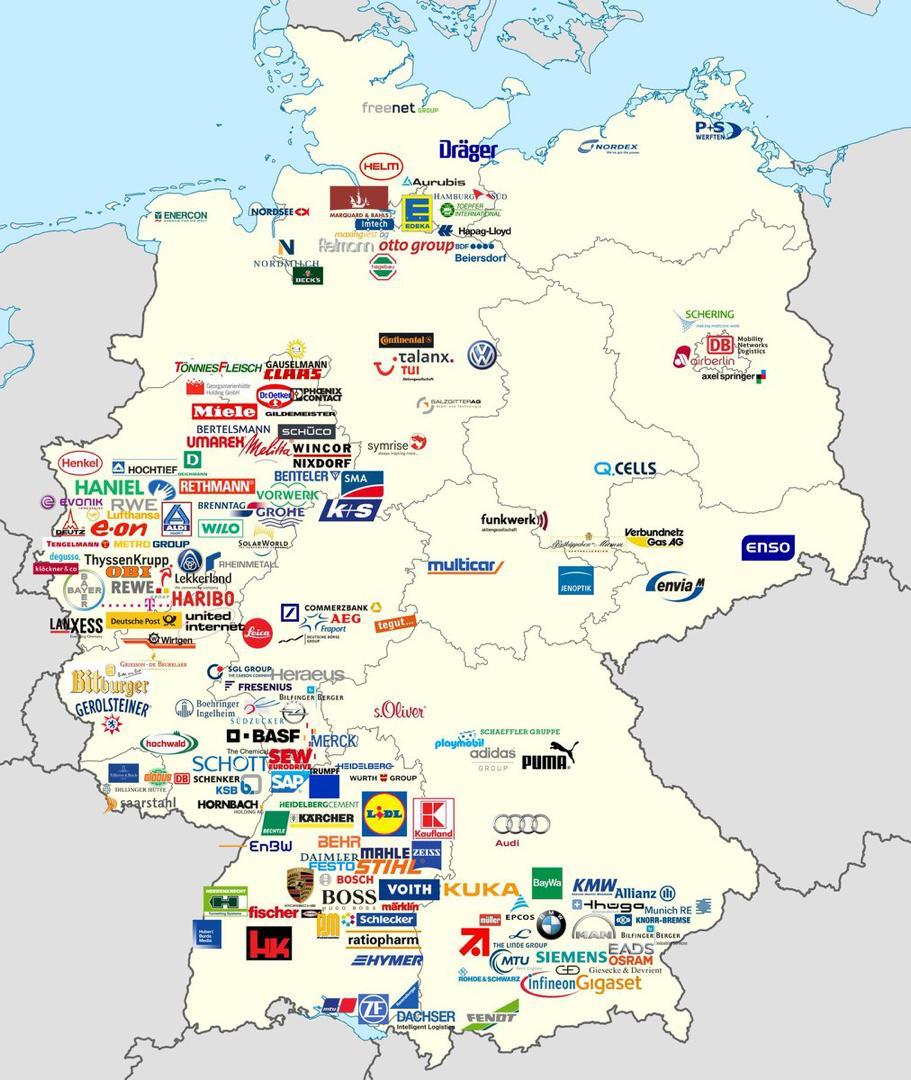
Iran: a land with many industrial towns and low productivity
The headline of the news rightly tells a deep contradiction in Iran’s industrial structure. While statistics show that the number of Iran’s industrial estates is 50 times that of Germany, 10 times that of France, 16 times that of Korea, and 7 times that of Japan, but the productivity in these units is extremely low and has practically stagnated in many sectors.
Disproportionate ratio of quantity and quality:
The abundance of industrial estates: Iran, having more than 8 thousand industrial estates, holds the record for the number of these units in the region and even the world.
Weakness in quality: Despite this huge volume of settlements, Iran’s share in the world markets is insignificant and practically, a major part of the productions only cover domestic needs.
Comparison with regional competitors: On the other hand, regional competitors such as South Korea have a significant share in the export of industrial products to global markets with a much smaller number of industrial units.
Examples of disruption in industries:
Automotive: An industry that was born in Iran at the same time as South Korea, after 4 decades it is still in the assembly stage and is unable to supply its products in the world markets. While South Korea is known as an export power in this field.
Cement: Iran has the record number of cement production units in the region with 165 cement production units, 73 new plants and 92 plants under construction. Despite this huge volume, South Korea produces several times more cement than Iran with only 10 units.
Motorcycle: While the number of motorcycle production units in 13 Asian countries is 82 units, Iran lags behind its competitors in this field with 177 motorcycles and 33 units under construction.
Petrochemicals: Iran’s petrochemical industry can only achieve profitability by relying on government subsidies and facilities, and it practically has no say in the global free competition.
Turning point: Focus on productivity instead of quantity
Statistics and figures clearly show that simply increasing the number of industrial towns, not only does not lead to prosperity and progress, but actually leads to the waste of resources and opportunities.
Low productivity: The Productivity Organization of Iran has announced that the productivity of the country’s industries has hardly changed in the last 50 years.
Solution: Instead of focusing on building new industrial estates, priority should be given to improving productivity in existing units and removing obstacles and challenges such as administrative bureaucracy, lack of investment, weakness in research and development, and inappropriate technology.
challenges ahead:
Changing the approach: The transition from focusing on quantity to focusing on quality and productivity requires national determination and the cooperation of all relevant bodies and institutions.
Stakeholder resistance: Stakeholders who benefit from the current structure and subsidies and rents may resist these changes.
Need for investment: Improving productivity requires investment in various sectors such as training, research and development, and technology updating.
Conclusion:
Iran, having many resources and potentials, can achieve a brilliant position in the field of global industry. Achieving this goal requires focusing on improving productivity, removing existing obstacles, and transitioning from the current model based on quantity to a model based on quality and innovation.
During the visit of the Minister of Agricultural Jihad to the Institute of Technical Research and Agricultural Engineering, headed by Dr. Dehghan Sanich, the Secretary General of the Federation of Agricultural Food Industry Organizations, he presented a report on the production units of bulk and semi-bulky breads. According to the report of Sabz Economy […]
In today’s world, international exhibitions and events are known as export platforms and efficient tools for introducing products, services and brands to export to global markets. Iran, as a country with great export potential, is increasingly using this important exhibition tool to develop its foreign trade. As a specialized organization, pars Pagh business plays a […]
Pars Pegah Tejarat International Trading Company started its economic activity in the form of holding numerous international exhibitions and conferences with a focus on CIS and Eurasian countries, especially Russia, Ukraine, Azerbaijan, Turkmenistan, Armenia, etc. in 1990 and so far more than It has held 300 exclusive, specialized and international exhibitions and business and investment collaborations with the presence of officials and senior officials of these countries.
Leave a Reply